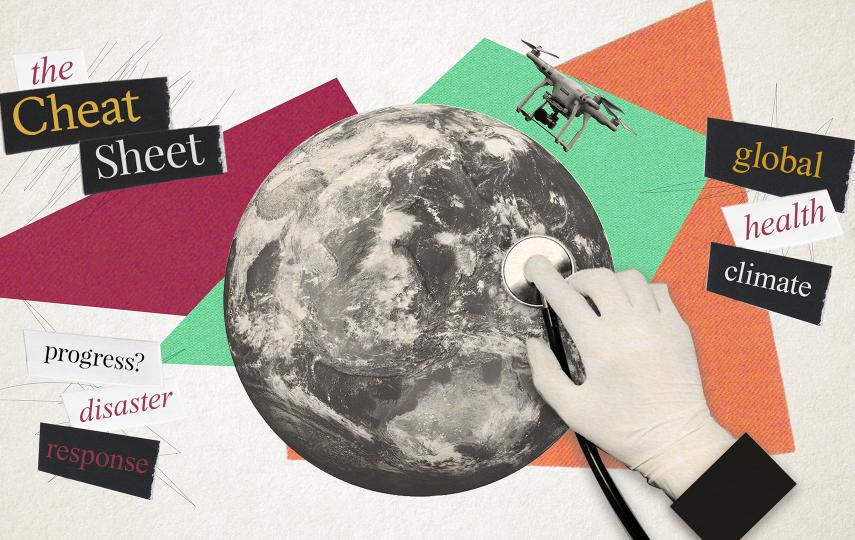The month-long cull was ostensibly to stem the spread of H1N1 influenza, but the government later said it was simply a general health measure.
The cull hit the livelihoods of 70,000 former pig farmers and unofficial rubbish collectors and their families in the Cairo area, according to local NGO Association for the Protection of the Environment.
During a recent stormy session of parliament, Cairo Governor Abdelazeem Wazeer called the decision to cull the pigs a “mistake” and legislator Hamdy el-Sayed, chairman of the Doctors’ Association, called it a “national scandal”.
“The decision to kill the pigs was wrong and hasty,” Fahti Shabana, an Egyptian medical expert, told IRIN. “There could’ve been better alternatives. The pigs could’ve been moved from their farms in the cities to the desert.”
Shabana warned that some of Cairo’s rubbish-filled streets could become breeding grounds for diseases such as typhoid and cholera. Areas of central Cairo, Giza and Daqahlia on the capital’s periphery are the most affected by the pig cull.
'Zabalin'
In Cairo, the livelihoods of unofficial rubbish collectors - known as ‘Zabalin’ to Egyptians - and pig farmers were very much intertwined as the former collected organic waste from the capital’s streets and sold it to farmers to feed their pigs.
With the pigs gone, the `Zabalin’ have lost a major source of income and have no incentive to collect the waste from the streets, they say.
“Rubbish collectors are poor. Organic waste used to bring them money after they sold it to pig farmers. But now, there’s a market for plastic, paper and glass items only,” said Israel Ayad, a rubbish collector-cum-pig farmer who is also an unofficial spokesman for the `Zabalin’.
Ayad, in his early seventies, used to own around 50,000 pigs which used to “consume thousands of tons of organic waste every day”, he said.
|
Photo: Amr Emam/IRIN  |
| Cairo produces 25,000 tons of waste a day |
Cairo, which accounts for 55 percent of the country’s waste, produces 25,000 tons of waste a day, Environment Ministry officials say.
Organic waste makes up almost 70 percent of Cairo’s rubbish, while plastic, paper and glass items make up the remaining 30 percent, according to Ahmed Nasar, deputy chairman of the capital’s cleaning authority.
Compounding the problem are ongoing contractual disputes between the government and the foreign companies it has been commissioning to collect rubbish from the capital’s streets for years, according to Mohamed Abdel Raziq, an official from the cleaning authority.
These companies had stopped working pending the renegotiation of contracts, he said.
Members of the ruling National Democratic Party say Egypt needs an initial LE 2.5 billion (US$460 million) to tackle its garbage problem. They say more recycling factories must be built to add to the existing 160, which can only process about a quarter of the nation’s rubbish, according to the Environment Ministry.
Despite the cull, H1N1 has claimed the lives of 230 Egyptians to date and 15,000 people have contracted it, according to the Health Ministry.
According to a 22 January World Health Organization update on H1N1, “Egypt is now reporting a declining trend after increases in respiratory diseases activity throughout December 2009, suggesting a recent peak in activity during early January 2010.”
ae/ed/cb
This article was produced by IRIN News while it was part of the United Nations Office for the Coordination of Humanitarian Affairs. Please send queries on copyright or liability to the UN. For more information: https://shop.un.org/rights-permissions





